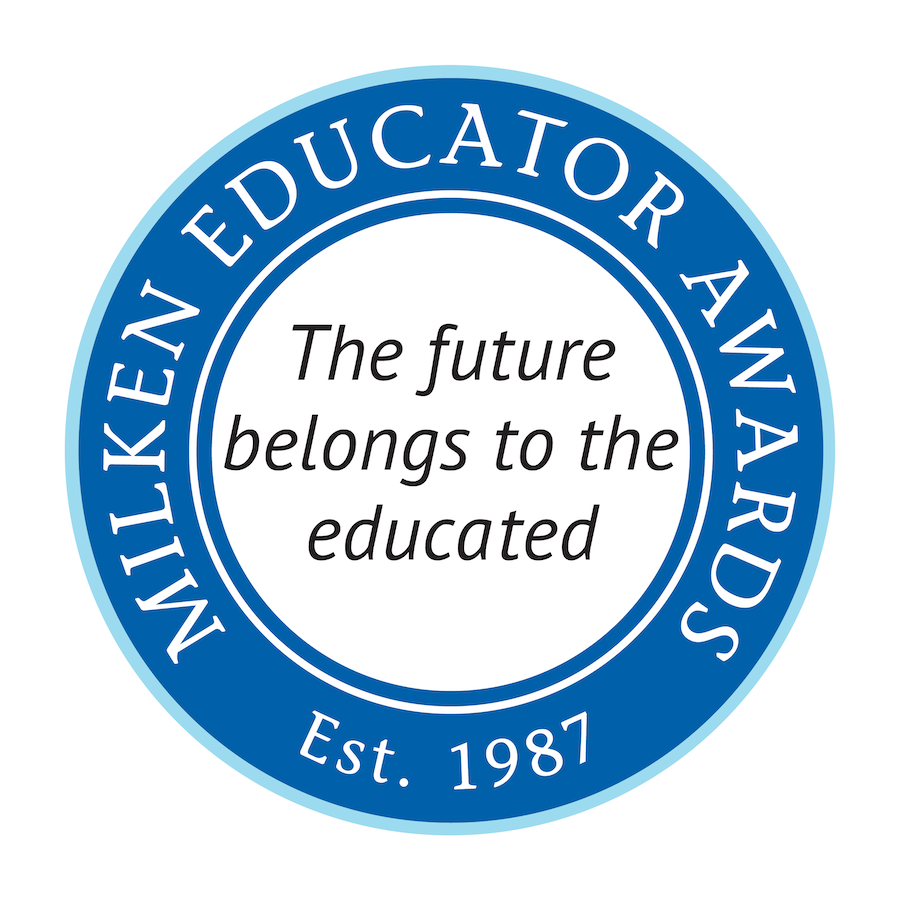Decreasing the Achievement Gap with STEM
October 10, 2018
Dr. Cindy Moss (NC ’01) is vice president of global STEM initiatives for Discovery Education. This article is adapted from a presentation she gives frequently at conferences around the country.
In today’s world there is usually an article in the newspaper or a story on the news about the leaky STEM pipeline. According to the Department of Labor there are nearly 4 million STEM jobs that are currently unfilled because employers cannot find candidates with the necessary skills. These are good jobs that do not require four-year degrees and usually have starting salaries between $75,000 and $100,000.
While most communities have low unemployment rates (many below 4%), the number of students qualifying for free and reduced lunches continues to grow. What does that mean? People are working, but their jobs are not providing a living wage. There’s a disconnect between the skills people possess and the skills employers need.
Education is the solution
The only institution that can bridge this divide is K-12 education. Our K-12 schools have the responsibility to provide learning experiences that will enable their students to develop STEM skills. But right now most of our schools are preparing students for the past. Our students sit in schools, passively listening to adults dispense knowledge, and rarely engaging.
This divide is hurting all of our students, but it is particularly harmful to students who are poor and of color. School districts disaggregate their data and examine what is happening with their students who are female, of color, or of low socioeconomic status. They typically look at the factors that contribute to this achievement gap and place the blame on poverty and the mothers’ education levels.
My 30 years in K-12 education and seven years with Discovery Education have led me to conclude that there is no achievement gap. Our students face an opportunity gap.
I believe that all people love to learn, if the learning is relevant. Consider what you see at the Apple store or at Lowes when classes are being offered. Typically there are long lines and excitement as people wait to learn something they consider relevant to their lives. We do see this at school—with summer camp and after-school clubs like robotics. STEM teaching and learning brings this relevance and excitement to everyday school.
Solving real-world problems
I experienced this when I was the PreK-12 Director of STEM for the 145,000 students and 13,000 teachers in North Carolina’s Charlotte Mecklenburg school system. We used real world problems—ones adults did not know how to solve—as the context to get our students to master the content we needed them to know.
We saw amazing growth in classrooms doing STEM and decreased the achievement gap between our rich and poor students from 37 to 7 points. When we disaggregated our data we saw that non-labelled students were experiencing two years of growth in reading, math and science in STEM classes. Special education and English language learners were experiencing an astonishing four to five years of growth.
And teachers reported feeling successful and supported when they implemented STEM in their classrooms. Before implementing STEM we were losing 50% of our middle and high school math and science teachers. After three years of this work, we were retaining 90% of our secondary math and science teachers. Our STEM efforts earned us the Broad Award, considered the Super Bowl of urban education, because rarely does a school system decrease the achievement gap.
Spreading the STEM gospel
In my current role at Discovery Education, I have taken the work we did in Charlotte and created an infrastructure to help schools, districts and countries transform their teaching and learning with STEM. This includes professional development and coaching for teachers and administrators, as well as relevant partnerships with STEM stakeholders in the community.
Using the National Academy of Engineering’s Grand Challenges of Engineering and the United Nation’s Sustainable Goals, we use complex real-world problems to engage our students in deep thinking, creative problem-solving and collaboration. This system allows the students to collaborate, share their expertise and obtain assistance from their peers. It engages all types of students and closes the opportunity gap for all types of learners. We also expose the students to exciting careers that they may have never known existed—because you can’t be what you can’t see.
When we provide relevant teaching and learning, all students can and will learn. They will develop skills that prepare them for their future and realize they can be problem-solvers. STEM provides students with hope for the future and puts the “fun” back in fundamentals. It also makes school a place where both adults and kids want to be. Our frequent refrain: “Keep calm and STEM on!”
Don’t miss any new articles and updates from Milken Educator Awards:


